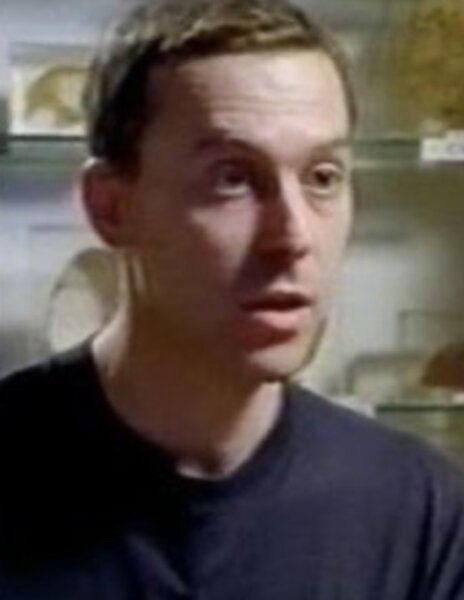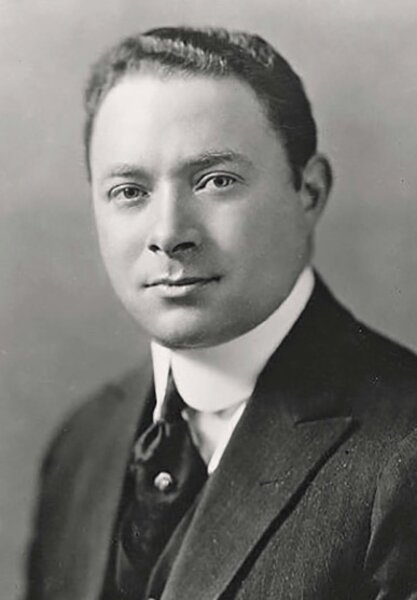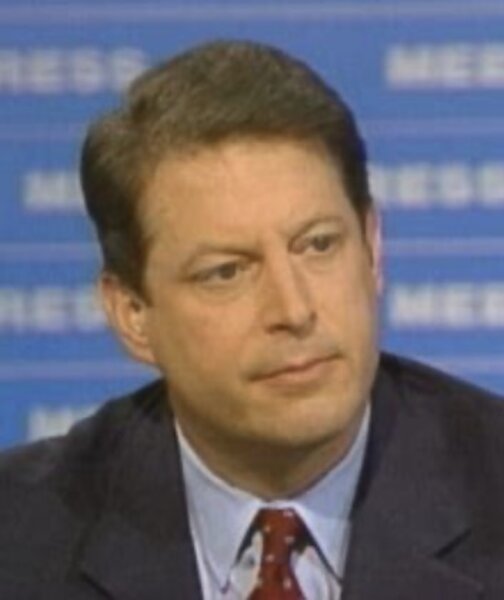How Hyperstition Shapes the Market
Hyperstition is a positive feedback circuit including culture as a component. It can be defined as the experimental (techno-)science of self-fulfilling prophecies. Superstitions are merely false beliefs, but hyperstitions – by their very existence as ideas – function causally to bring about their own reality. Capitalist economics is extremely sensitive to hyperstition, where confidence acts as an effective tonic, and inversely. The (fictional) idea of Cyberspace contributed to the influx of investment that rapidly converted it into a technosocial reality.The concept of hyperstition, originating with the Cybernetic Culture Research Unit (CCRU), posits that fictions and beliefs are actively constructing the future (a self-fulfilling prophecy). It is modeled on the idea of superstition, the belief that one's behaviour can magically influence events, but changes the concept so that the belief actualizes itself. One application of the concept of hyperstition is on how the belief in a fictional technology turns the technology into a real thing..— Delphi Carstens Interviews Nick Land. 2009.
With a technology the expectation of future growth often drives investment. Investors, anticipating future returns, allocate capital to ventures which, through that investment, increase the likelihood of realizing those returns. The belief in a technology becomes a self-propelled force, incentivizing behaviors that manifest it into being.
Below are some historical examples of how a publicized belief or “hype” in a fictional technology created the conditions where the technology actualized itself.
How Lightbulbs Were Hyped Into Existence
The time for the promised demonstration drew closer. Already, rumors of the impending revelation had caused something of a financial crisis in London, as gas shares plummeted in anticipation of Edison’s latest success. One of the inventor’s associates, George Gouraud, urged him to form a British-based electricity company as soon as possible, the better to capitalize upon the “universal free advertising” the Sun, the New York Herald, and other papers had given him, “such as cannot be bought for money under any circumstances.”— Smithsonian Magazine: How Thomas Edison Tricked the Press Into Believing He’d Invented the Light Bulb
In the late 1870s, society saw little need to replace gas or oil lamps as those lighting methods worked well enough for most people at the time. Undeterred, Edison aggressively promoted the belief that a better form of light was not only possible but inevitable. Before he even had a reliably long-lasting bulb, he was boasting to newspapers that his invention would soon usher in a new era of illumination. In September 1878, Edison assured the press that once the brilliancy and cheapness of his electric lights became known, the existing gas lamps would be discarded in favor of electricity. This bold claim, a fiction at the time, was a deliberate narrative to convince the public that they needed the light bulb even though they had not demanded it yet.
Edison’s promotion created the very demand he envisioned. The belief in his innovation sparked real economic effects. Rumors of Edison’s impending breakthrough were so pervasive that they sent gas company shares plummeting in London before his bulb was even fully viable. The mere expectation of electric light undermined confidence in the old technology, reallocating resources towards Edison’s idea. When he finally staged a controlled showcase of electric lighting at Menlo Park, thousands of people traveled to witness the marvel, clamoring for a glimpse of the promised future. By convincing people of a need they had not felt before, Edison effectively conjured a market out of thin air. Investments poured in and officials were persuaded to grant him franchises to build electrical infrastructure.
The Creation of the Home Radio Market:
I have in mind a plan of development which would make radio a 'household utility' in the same sense as the piano or phonograph. The idea is to bring music into the house by wireless.— David Sarnoff’s “Radio Music Box” memo. September 30, 1915*
Prior to the 1920s, radio technology was largely confined to military and maritime applications. While wireless communication existed, the concept of radio broadcasting directly into homes was largely a speculative fiction. The transformation of radio from a technical tool to a mass entertainment medium was driven by a deliberate construction of a compelling narrative.
Early radio programming was not initially driven by existing demand. Stations like KDKA in Pittsburgh began broadcasting news, sports, and music specifically to establish a listening audience. This was not about fulfilling a pre-existing need; it was about creating a need through compelling content.
Marketing campaigns framed radio as a modern convenience, a source of family entertainment, and a symbol of social progress. This narrative successfully cultivated a desire for radio receivers, driving sales and funding further development. The very idea of gathering around the radio as a family became a cultural norm, fueled by deliberate marketing and programming efforts. The expectation of easily accessible entertainment and information caused the rapid adoption of radio receivers and the establishment of a thriving broadcasting industry.
The Internet Boom
Just as the development of the Interstate Highway System led to the creation of McDonald’s hamburgers, Holiday Inn and a thousand other new commercial developments that would have been impossible without the Interstate Highway System, in the same way we will see the emergence of information services on a nationwide basis that will be extremely profitable and nearly ubiquitous.In the early 1990s, the internet was largely a tool for academics and researchers. The popularization required a shift in perception, and that was achieved through a combination of media coverage, venture capital investment, and strategic marketing.— Al Gore, 1993
Early proponents of the internet, particularly those within the burgeoning tech industry, actively promoted a vision of a connected future. Terms like “information superhighway” and “cyberspace” were deliberately chosen to evoke a sense of limitless possibility and technological utopia. This narrative was not simply about describing existing capabilities, but about creating expectations of future functionality.
The media, eager for sensational stories, amplified the narrative. Articles and television segments showcased the internet’s potential for everything from online shopping to virtual communities. The focus was often on the promise of the technology, rather than its limitations. This created a self-reinforcing cycle, where media coverage fueled investor enthusiasm, which in turn funded further development and marketing.
The dot-com bubble of the late 1990s exemplifies the hyperstitional power of the internet. Companies with little more than a website and a business plan attracted astronomical valuations. The stock market soared, driven by the belief that the internet would fundamentally reshape the economy. While the bubble eventually burst, it left a lasting impact, accelerating the development of internet infrastructure and establishing the internet as a central component of modern life. The initial hype, while unsustainable in its initial form, created the reality it predicted – a world deeply interconnected through digital networks.
The Current Hype of Artificial Intelligence
We are now confident we know how to build AGI as we have traditionally understood it.Today AI is experiencing a hyperstitional surge. While significant progress has been made in areas like machine learning and natural language processing, the current level of hype often outpaces actual capabilities. The narrative being constructed centers on the idea of Artificial General Intelligence (AGI) can perform any intellectual task that a human being can.— Sam Altman, 2025
This narrative is driven by a confluence of factors: significant investment from tech giants, media coverage focusing on potential breakthroughs, and the development of increasingly sophisticated AI models. Companies are actively promoting the idea that AI will revolutionize everything from healthcare and education to transportation and entertainment.
The economic incentives are substantial. Companies that can successfully develop and deploy AI technologies stand to gain enormous competitive advantages. Venture capital is flowing into AI startups at an unprecedented rate, creating a self-reinforcing cycle of investment and development. The media is amplifying the narrative, focusing on the potential benefits of AI while often downplaying the risks and limitations.
This hyperstition is, in effect, creating the conditions for an AI-driven future, even if that future is not yet fully realized. The expectation of AI-driven innovation is driving investment, attracting talent, and accelerating development. It is also shaping public perception, influencing policy decisions, and creating a sense of inevitability about the rise of AI.
Conclusion
The recurring pattern across these examples (light bulbs, radio, internet, AI) reveals a fundamental principle. Technological advancements are not simply enabled by belief; they are belief made manifest. Technological hyperstition is not merely a story about a future technology; it is the causal engine driving its emergence. The narrative is not a byproduct of development; it actively shapes and directs the entire process materializing the envisioned future.




